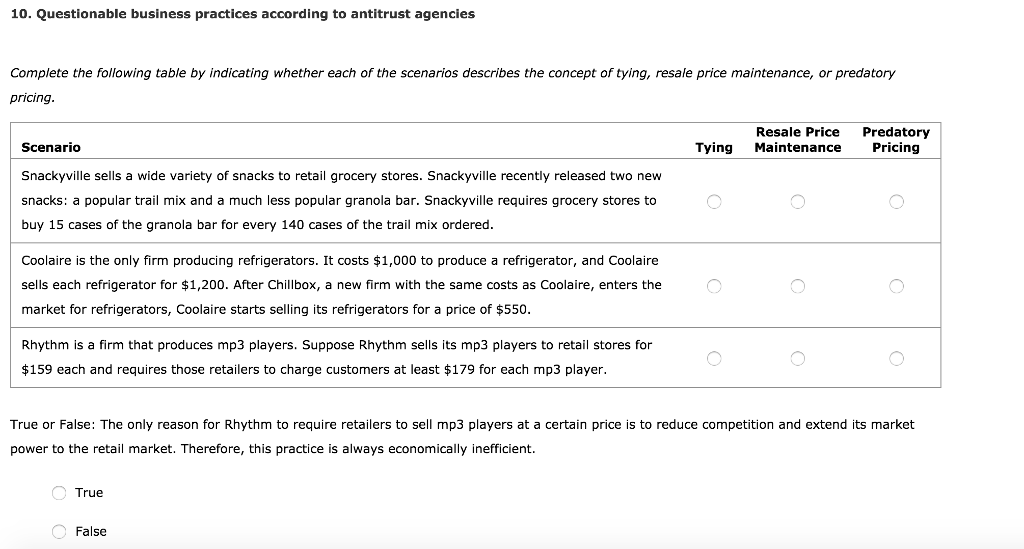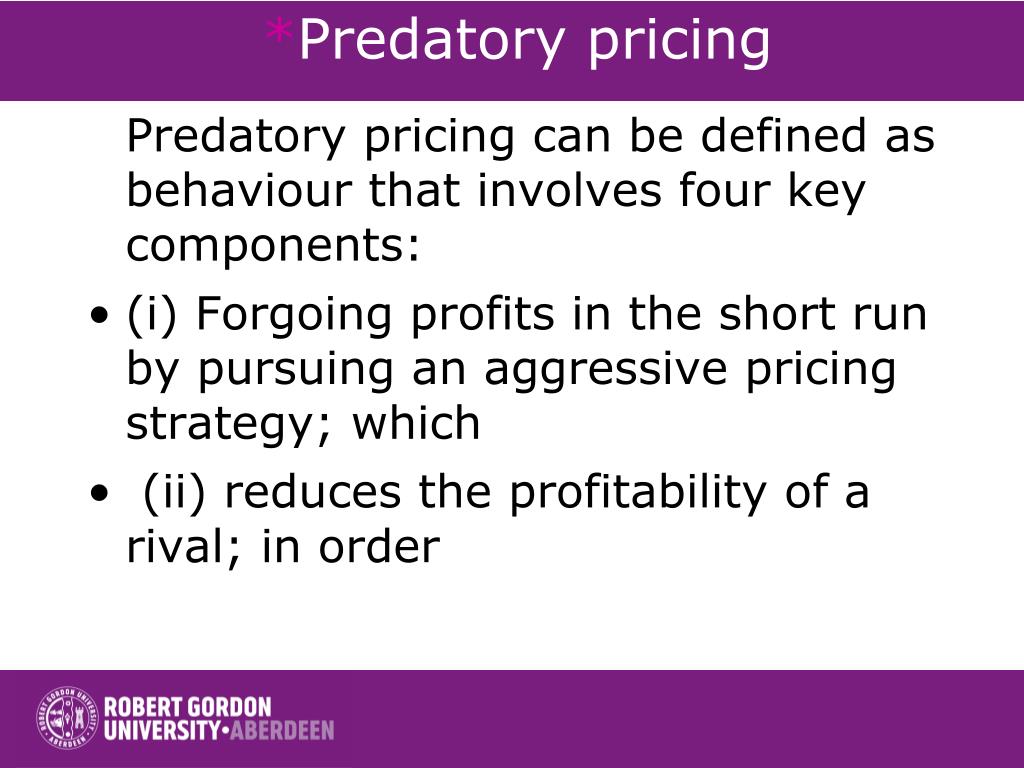

A producer with many other products has to allocate common costs between different products. Cost for a high volume might be significantly lower than for a large volume. In determining price for a new offering, one has to forecast price and the expected sales and production volumes. Cost would vary with volume, ingredients, associated corporate services, and so on. At the early stages of introducing a product, the cost is an ambiguous concept. The cost of the product is another factor.

These expenditures would be on advertising and promotion, distribution, merchandising and display, temporary price reductions, and giving samples for consumer trials. In introducing a new product one has to decide the sum of money that can be spent in introducing it to the market. Those who used them became well-established as businesses.Īny marketing manager has to estimate the financial requirements and performance of the product. Any good marketer is trying to create a monopoly for his offering so that he can build further on that consumer base. Marketing tries to attract and hold customers to the products and services the company is offering. Determining consumer needs, designing products to meet them, providing convenience and ease of use, using advertising to inform and attract consumers, making goods and services available easily, were all in the bags of tricks of marketing managers. The 20th century saw the flowering of marketing management in India. Is all this change improving the lives of consumers, with more convenience, wider choice, better prices and delivery? Is it likely to stay that way or will the consumer be more exploited over time? The pace of change in all aspects of our daily lives is accelerating. Old-style travel agents are going out of business. Marriage brokers and marriage advertisements are on the decline. Stores selling white goods are declining. Old-fashioned meter taxis are disappearing. Information technology has brought about an insidious competition to established businesses.


 0 kommentar(er)
0 kommentar(er)
